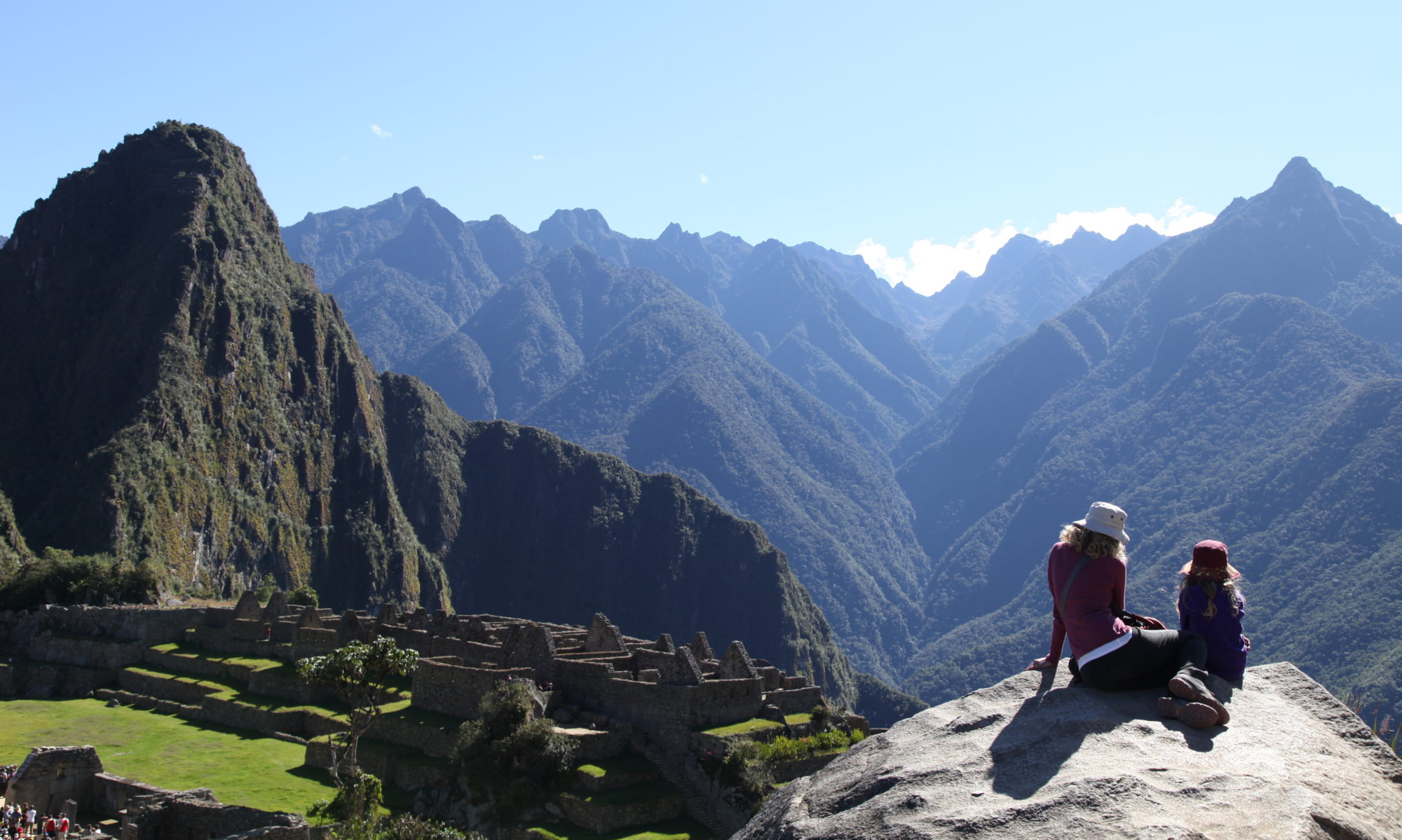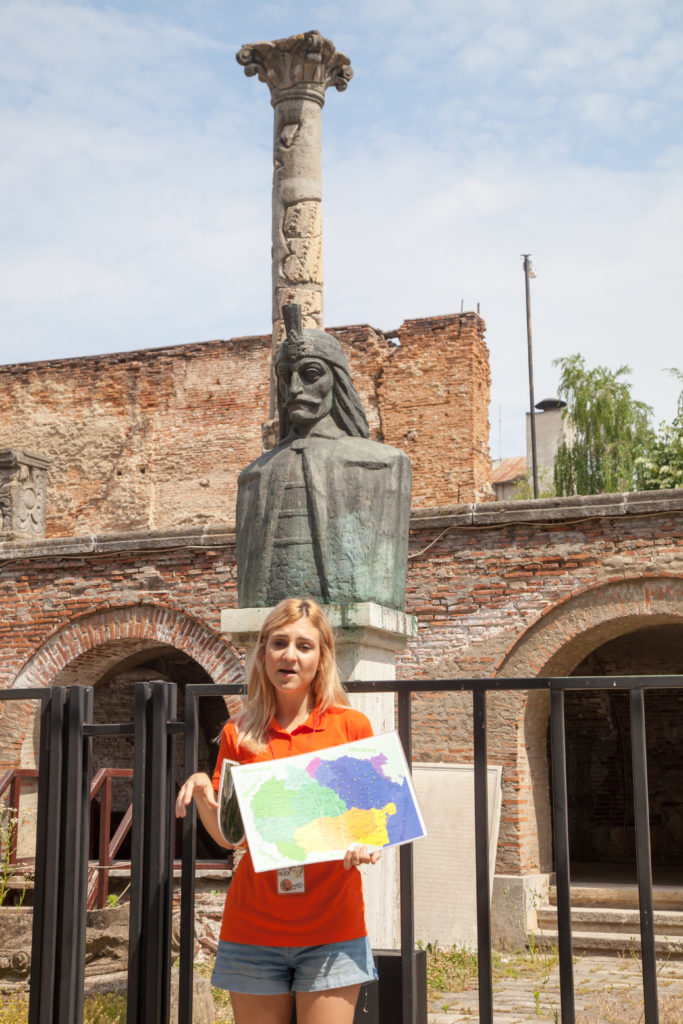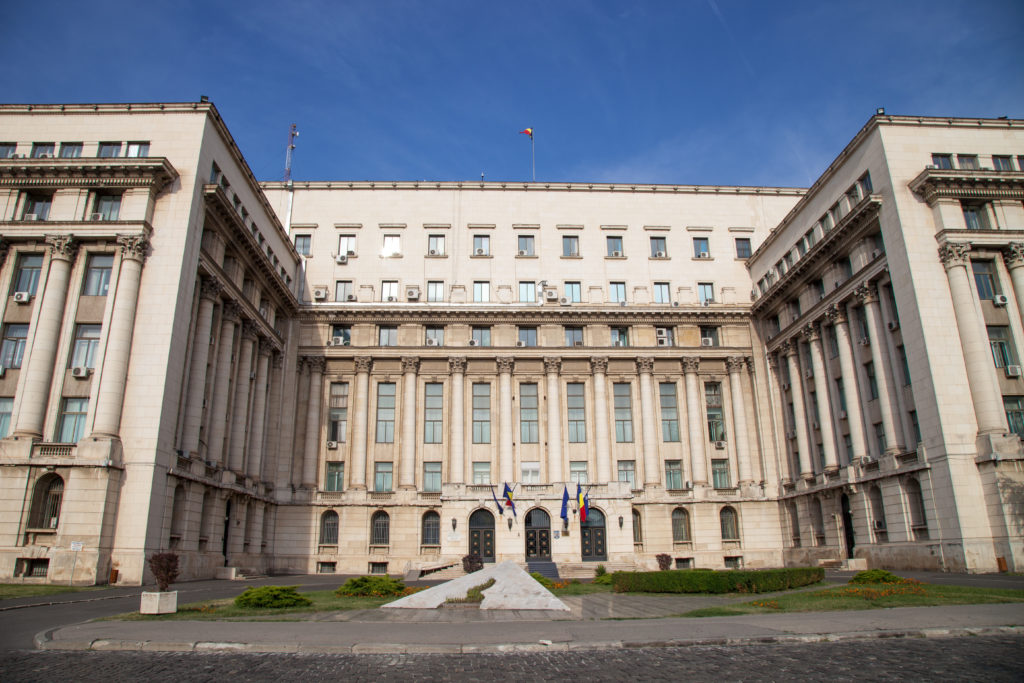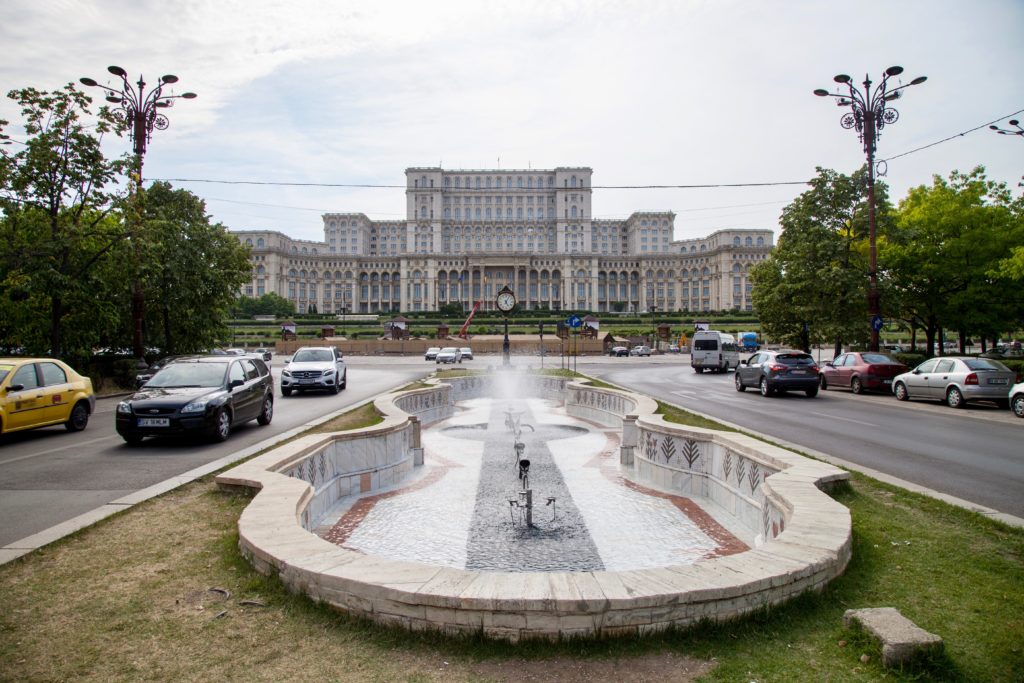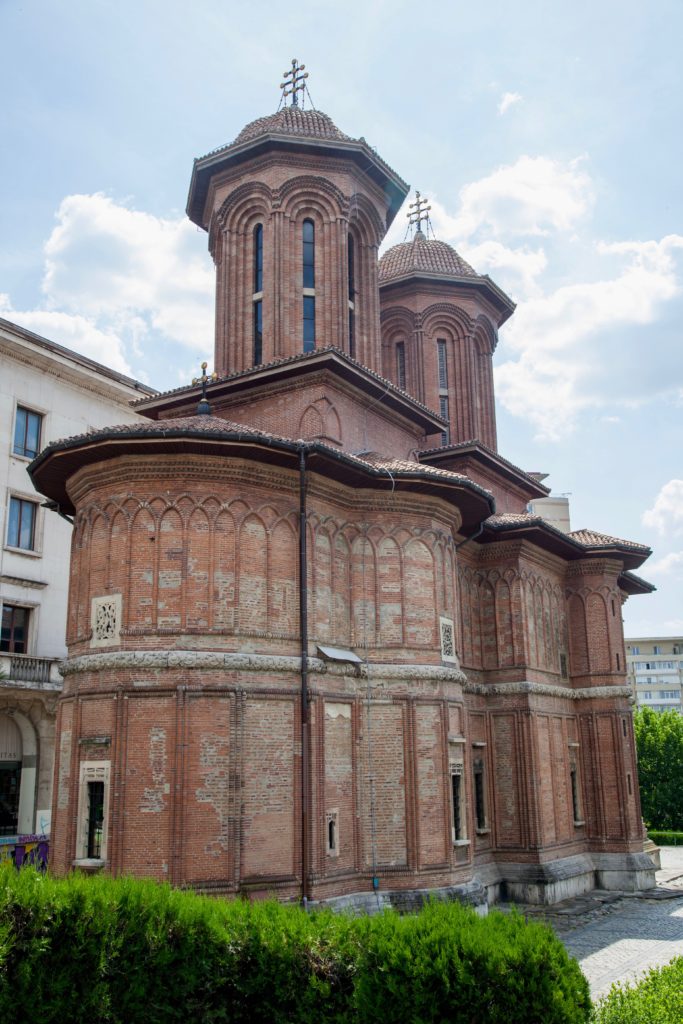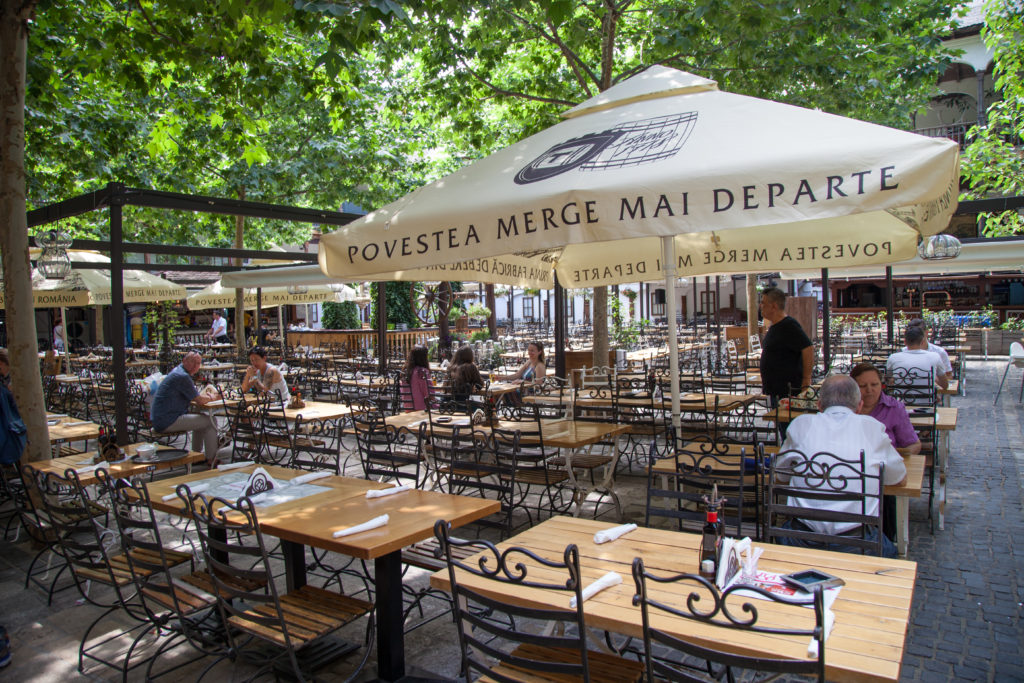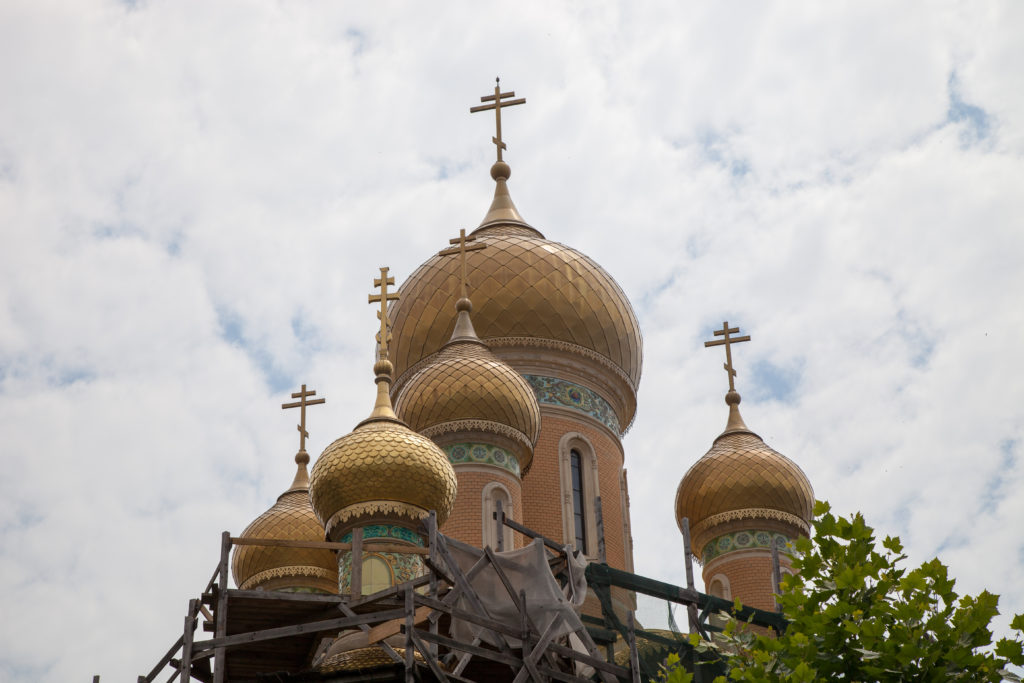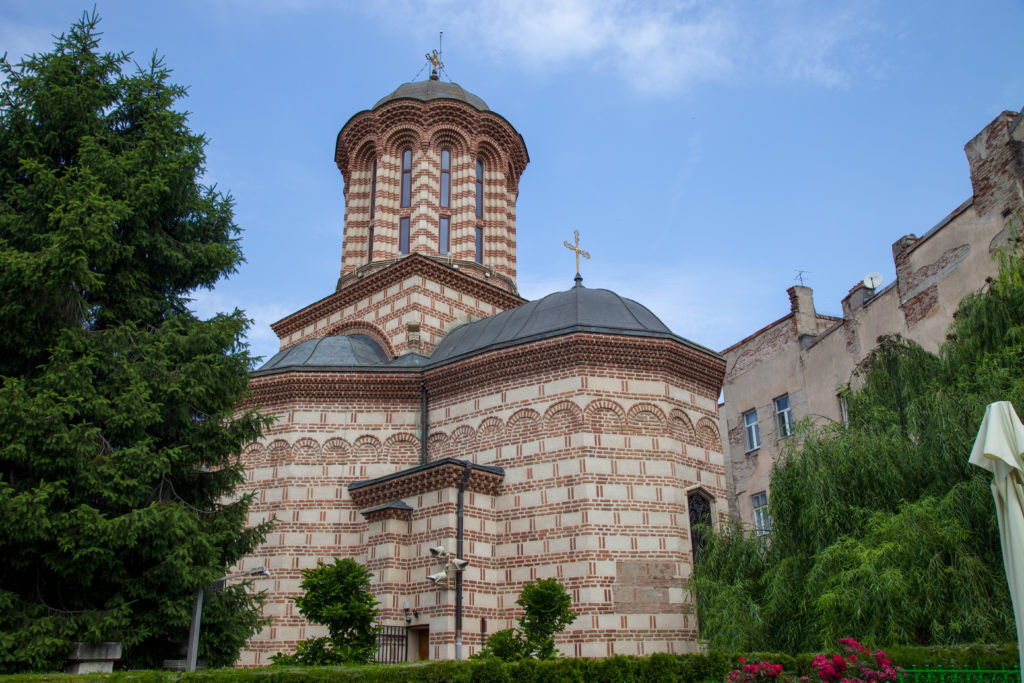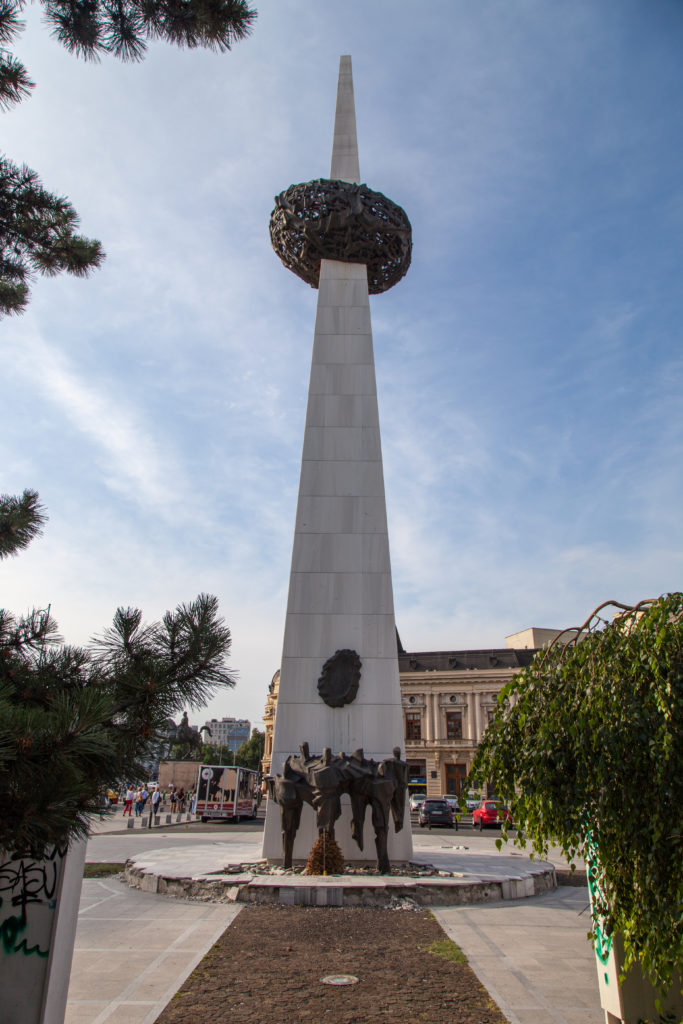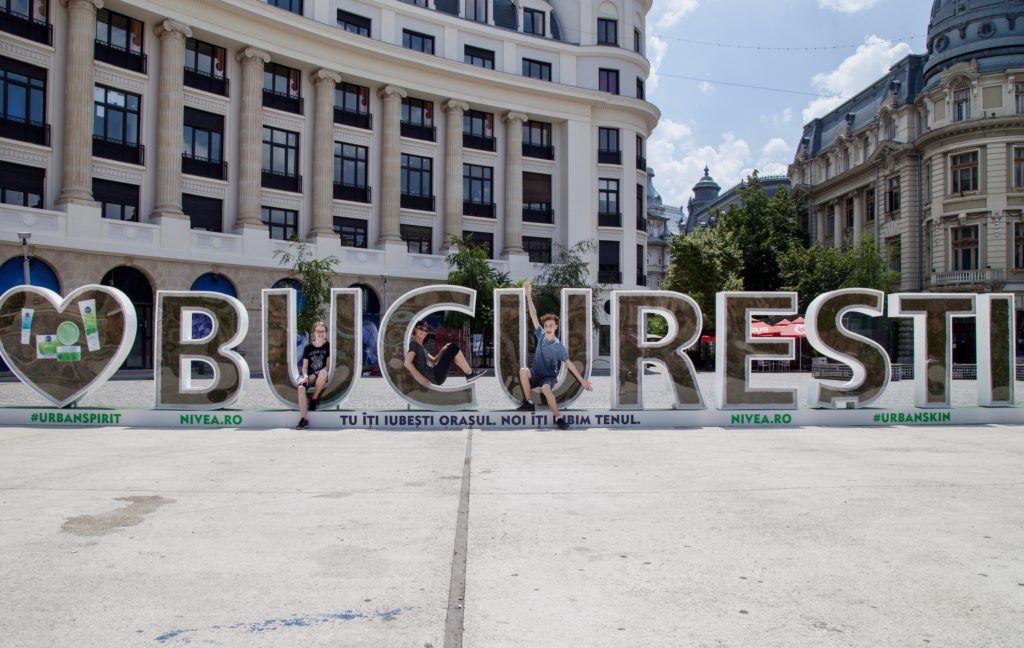
While in Brașov we took the train to Bucharest for a long weekend. We loved Kiev and hoped we would feel the same about Bucharest. We enjoyed some tours but the ambiance was lacking. From Uber drivers to tour guides to the extremely lonely security guard in the grocery store, we heard stories of how hard life was without hope that it would improve.
We took two tours during our stay. The guide above is from the free walking tour. She told us about Vlad Dracula, a.k.a. Vlad the Impaler, whose name is the inspiration for Count Dracula. His statue is behind her.
Our guide vividly described with specific detail how Vlad impaled his enemies. Maybe it was the heat, or that I was hungry, but as she explained the step by step instruction to impaling, along with the process of dying over the next two days, I had to sit as I was uncertain if I was about to pass out or vomit.
Our second tour was a Communism tour. So far this year, we have been on Communism tours in Munich, Ljubljana and Hanoi.
Above is the Central Committee building where Ceaușescu gave his last speech on the balcony on December 21, 1989. It is worth watching on youtube because the look on his face when he realizes that he has lost the support of the crowd is priceless.
Ceaușescu knocked down much of Bucharest with the goal of rebuilding it in a Communist style. The Palace of the Parliment, which he started (above), is the second largest administrative building in the world, including its nine stories underground. The last is a bomb shelter to survive a nuclear war. The combination of communist-era buildings beside empty lots that were destroyed and not rebuilt left the city feeling piecemeal.
Ceaușescu didn’t mind razing churches and destroyed many. However, architects convinced his wife to allow relocation of a number of them. They built train tracks and hoisted the churches up, then rolled them to new locations out of the path of destruction.
Our lunch spot above, and more churches below.
Above is a monument to those who died in the over throw of Ceaușescu. We recalled the uprising as coming from the people. However, both tour guides said the story now seems more complicated and that it was more likely a coup from within. Per our tour guide, the design of the monument was not popular, and the construction was marred by corruption. It seemed nothing had a happy ending in Bucharest.
